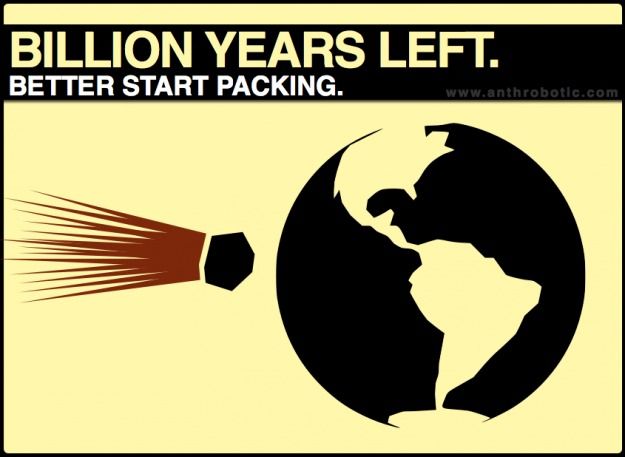Sep 26, 2012
What are End Of Humanity (EOH) events?
Posted by Benjamin T. Solomon in categories: defense, ethics, existential risks, lifeboat, philosophy, physics, space, sustainability, transparency, treaties
EOH events are events that cause the irreversible termination of humanity. They are not events that start the physical destruction of humanity (that would be too late), but fundamental, non-threatening and inconspicuous events that eventually lead to the irreversible physical destruction of humanity. Using nations and civilizations I explain how.
(1) Fundamental: These events have to be fundamental to the survival of the human species or else they cannot negatively impact the foundation of humanity’s existence.
On a much smaller scale drought and war can and have destroyed nations and civilizations. However, that is not always the case. For example, it is still not know what caused the demise of the Mayan civilization.
The act of war can lead to the irreversible destruction of a nation or civilization, but the equivalent EOH event lay further back in history, and can only be answered by the questions who and why.









